Editors’ Picks





Found in Robotics News & Content, with a score of 0.30
…supply chains. In parallel, advancements in hardware/electronics, computing horsepower (GPUs + edge computing), AI, and cloud computing have made it possible to engineer more intelligent and capable machines. We’re going to see more startups in the robotics space emerge to leverage this massive technology infrastructure with the goal of grabbing a piece of a gargantuan market. Mandy Dwight — VP of Business Development It’s simple — the robotics and automation adoption that allowed companies to stay alive in 2020 will be what helps them thrive in 2021. Automation remains a tool to survive and, above all, shrink costs We’ve all…
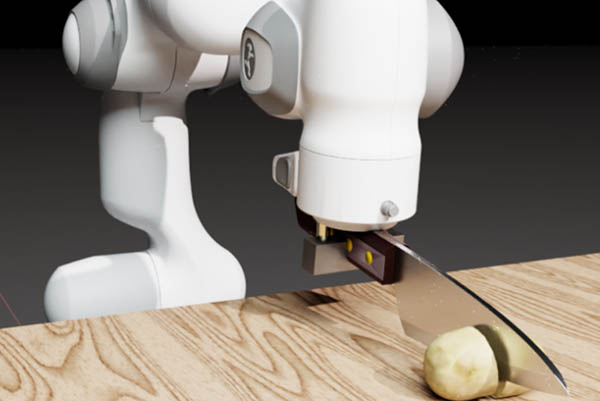
Found in Robotics News & Content, with a score of 0.27
…implement complex simulation routines that are parallelized on the GPU, while the gradients of the inputs with respect to the outputs of such routines are automatically derived from analyzing the abstract syntax tree (AST) of the simulation code. Through gradient-based optimization algorithms, the NVIDIA and USC researchers automatically tuned the simulation parameters to achieve a close match between the simulator and real-world measurements. In one experiment, they used an existing dataset of knife force profiles measured by a real-world robot while cutting various foodstuffs. The scientists set up the simulator with the corresponding mesh and its material properties, and optimize…
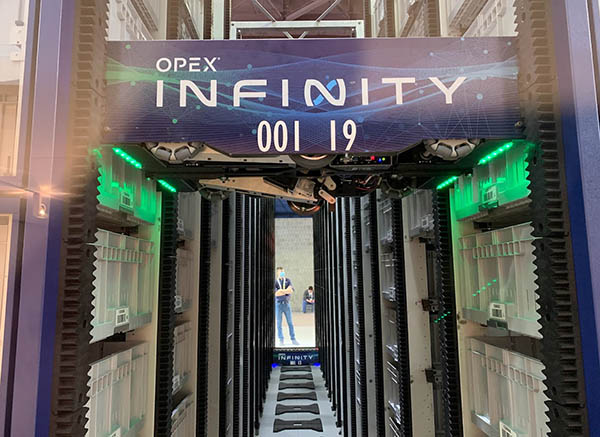
Found in Robotics News & Content, with a score of 0.26
…to solve. But with all of the advancements in GPU-enabled edge AI and computing, vendors are coming up with some truly innovative and safe new robots. Kamlager: Ours, of course! The full-stack technology approach RIOS offers enables customers to go to a single provider for AI-powered robotics with robots-as-a-service [RaaS]. It seems like AGV [automated guided vehicle] providers have figured out a way to scale successfully in this market. From every dimension, they have figured it out. Aaron Prather, FedEx Express Prather: Besides Boston Dynamics finally showing off Stretch, I think that Locus, Vecna, and Plus One were big winners.…

Found in Robotics News & Content, with a score of 0.24
…example, one of these breakthroughs was the development of GPUs (Graphical Processing Units), which expanded the typical functions of CPUs. Big Data Supply chain and logistics companies produce and can use, a lot of data (big data), and AI requires significant volumes of it to show its full power. In the past several years, some new types of data have emerged, and in addition to an ever-increasing pace of data creation, they finally supply AI with enough juice to work to its fullest potential. Algorithmic Advancements They have improved in recent years as well, allowing the detection of patterns and…
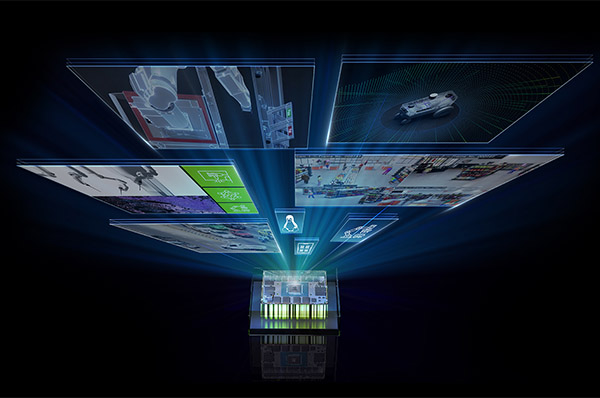
Found in Robotics News & Content, with a score of 0.24
…it said. NVIDIA stated that its graphics processing unit (GPU)-accelerated GEMs enable visual odometry, depth perception, 3D scene reconstruction, and localization and planning. Robotics developers can use the tools to swiftly engineer systems for a range of applications, it said. “With an enhanced SDG [synthetic data generation], improved ROS support, and new sensor models for generative AI, Isaac accelerates AI for the ROS community,” said Talla. The latest Isaac ROS 2.0 release brings the platform to production-ready status, enabling developers to create and bring high-performance robots to market, explained the company. “ROS continues to grow and evolve to provide open-source…
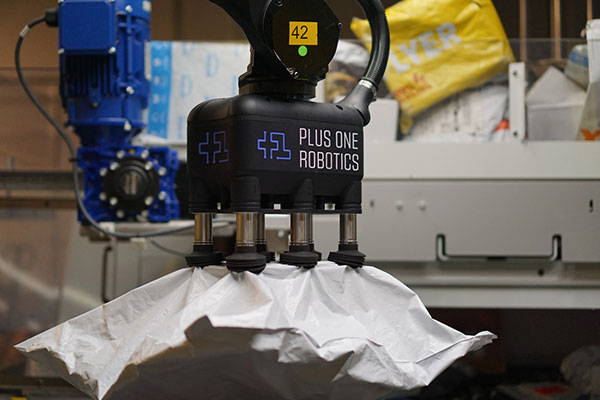
Found in Robotics News & Content, with a score of 0.24
…faster cycle times, each PickOne iPC runs off one GPU, allowing the system to process images faster than generalized AI. “We deal on the order of 10s of milliseconds,” Nieves said. “I don't have to have a constellation of computational power.” But it takes more than Goldilocks-sized computing to speed up pick cycles. Plus One exclusively deploys camera-off-robot hardware placement for image acquisition. After the robot arm picks a piece and moves out of the picking area, the camera captures the next image so the software can start analyzing it. “By the time the robot comes back, it already knows…
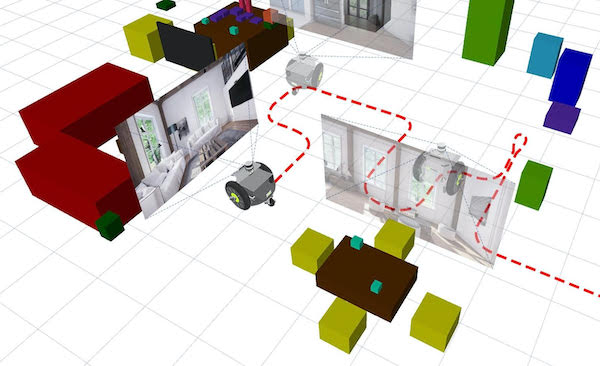
Found in Robotics News & Content, with a score of 0.16
…can win a share in prizes, including NVIDIA A6000 GPUs and $2,500 (U.S.) cash. The story behind BenchBot BenchBot addressed a need in our semantic scene understanding research. We’d hosted an object-detection challenge and produced novel evaluation metrics, but we needed to expand this work to the robotics domain: What is understanding a scene? How can the level of understanding be evaluated? What role does agency play in understanding a scene? Can understanding in simulation transfer to the real world? What’s required of a simulation for understanding to transfer to the real world? We made the BenchBot platform to enable…



